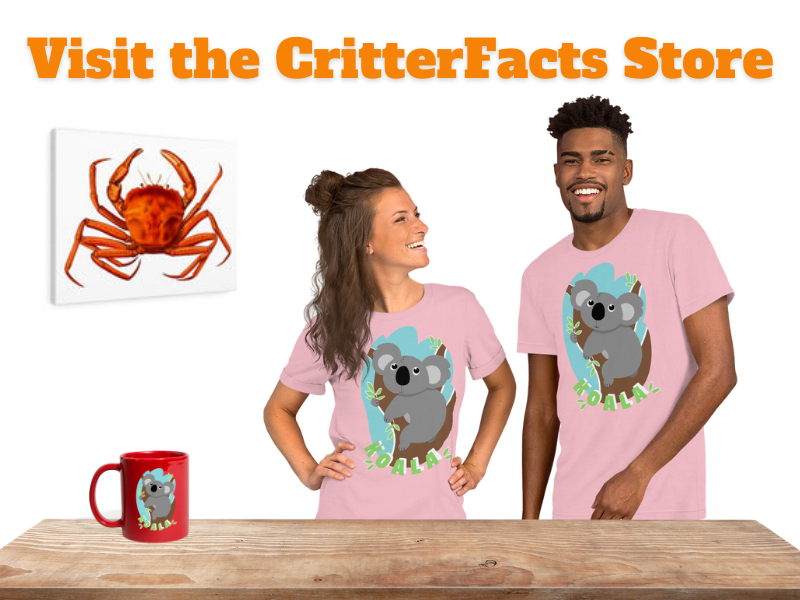

Scientific Classification
KINGDOM: Animalia
PHYLUM: Chordata
CLASS: Mammalia
ORDER: Perissodactyla
FAMILY: Equidae
GENUS: Equus
SPECIES: E. ferus
SUBSPECIES: E. f. przewalskii
Conservation Status


Przewalski’s horses are characterized by their large head, short neck, erected mane, and stocky body. Their typical measurements are five feet high, six feet long, and weighing a little over 650 pounds.
Przewalski’s horses are known as dun-colored with pale coloring around the eys, muzzle, and underside. Their mane, tail, and legs are always a shade of dark brown.
These horses will use their hooves and strong legs both for defense against predators and to search for food and water.




They were named after Russian explorer Nikolai Przewalski but are also called the Mongolian wild horse or Dzungarian horse.
There is disagreement in the scientific community on if the Przewalski’s horse is the only truly “wild” horse in history. Most people would consider popular horses like the mustang or the brumby to be wild; however, they are descended from domesticated animals that adapted to life in the wild. Early DNA sequencing showed several genetic differences between the Przewalski’s horse and domesticated horses but there could’ve also been a divergence of the species leaving some domesticated and some wild.
Przewalski’s horses live in smaller groups led by one dominant stallion and a harem of mares. The group will use their excellent sense of smell and hearing to detect predators; the main predator being wolves. If faced with danger, these horses will use their teeth and powerful legs for self-defense. The Przewalski’s horses also have an incredibly complex communication system that involves vocalizations, snorting, scent marking, and body language signals that can help alert the herd.













































